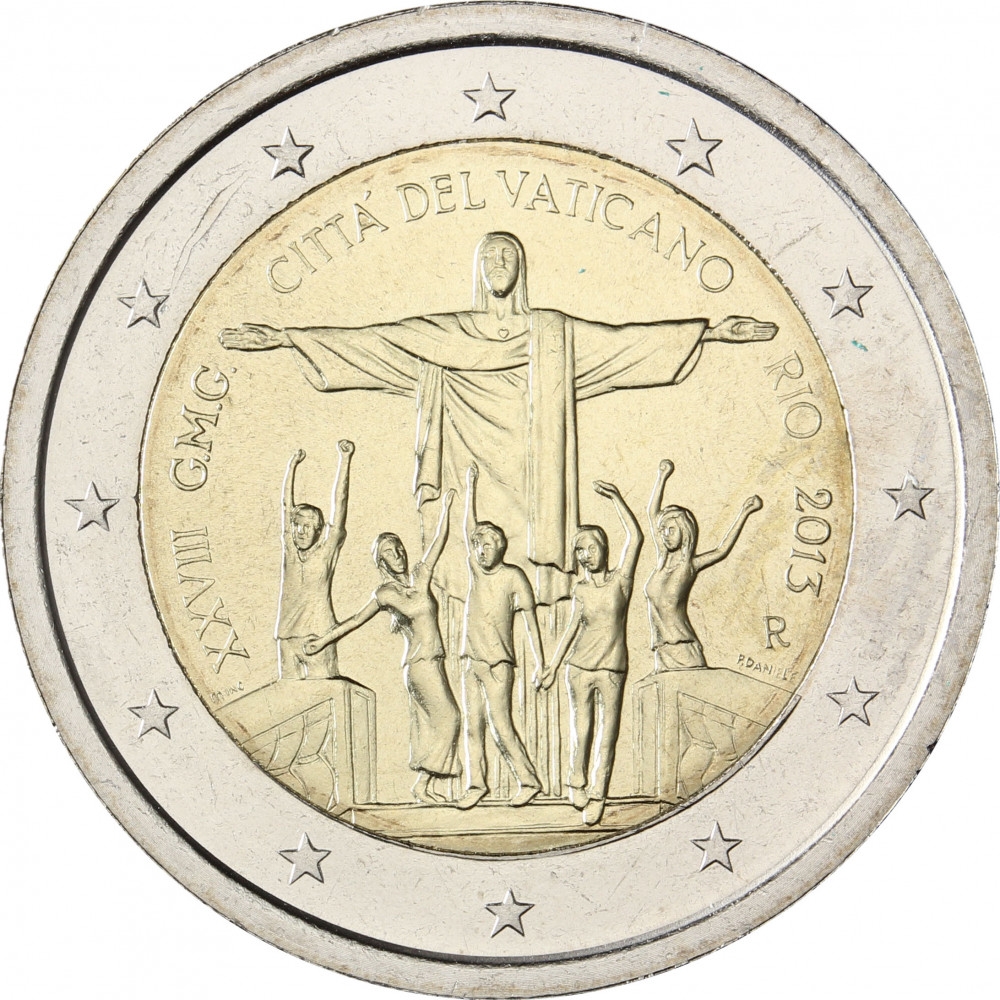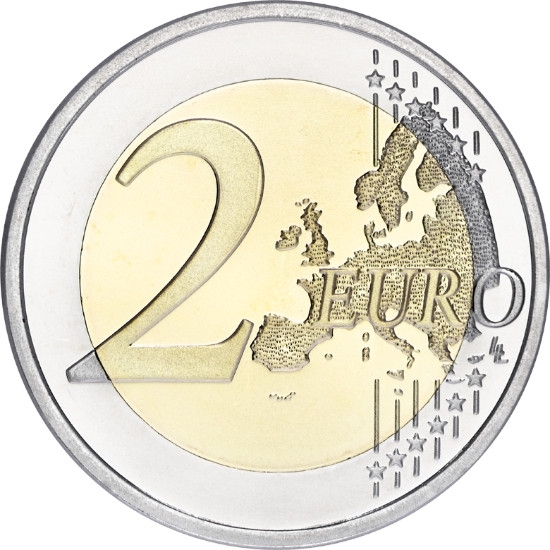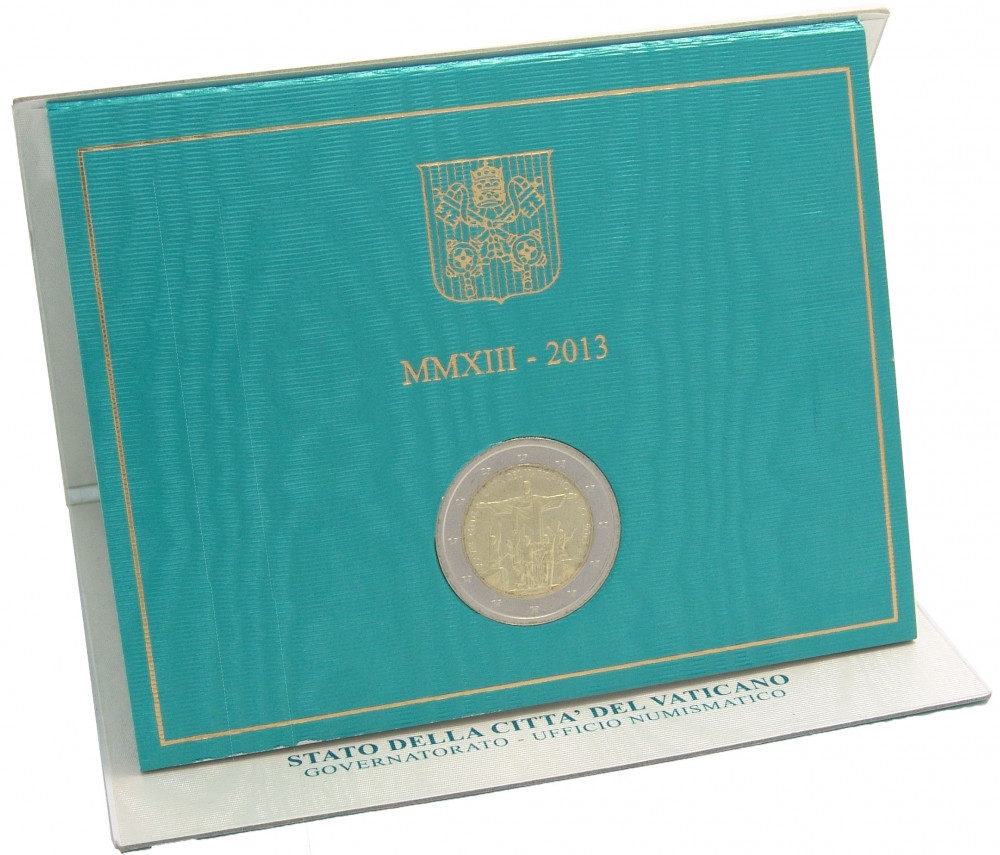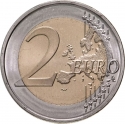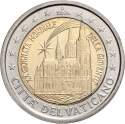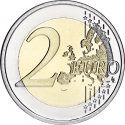You are about to finish your registration. Please check your mailbox (including spam folder). There should be a letter with a confirmation link. Check setting to make sure that your e-mail address is correct.
Send letter againDescription
World Youth Day (WYD) is an event for young people organized every three (or sometimes, two) years by the Catholic Church. World Youth Day was initiated by Pope John Paul II in 1985.
The host city of World Youth Day 2013 was Rio de Janeiro, Brazil. The events were scheduled to be held from 23 July to 28 July 2013. World Youth Day 2013 was the second World Youth Day to be held in South America. Additionally, World Youth Day 2013 was the first World Youth Day to be held in a country whose primary language is Portuguese. On the event attended over 3 million people.
Obverse

|
The design features the most known monument of Rio de Janeiro, Christ the Redeemer and some young people around the statue. At the top, in semi-circle, the inscription '28th World Youth Day Vaticano Rio · 2013'. At the right the mintmark and the name of the engraver. The coin's outer ring depicts the 12 stars of the European flag. XXVIII GMG CITÁ DEL VATICANO RIO ·2013 |
|---|---|
Reverse

|
A geographical map of Western Europe spans the outer ring and inner core on the right side of the coin. The inscription 2 EURO is superimposed over the map of Europe, with the numeral “2” located in an open field representing the eastern Atlantic Ocean. 2 EURO |
| Edge |
The sequence "2 ★" repeated six times alternately upright and inverted 2 ★ 2 ★ 2 ★ 2 ★ 2 ★ 2 ★ |
2 Euro
World Youth Day
Rio de Janeiro 2013
Subscribe series
KM# 446 Schön# 440
World Youth Day
Rio de Janeiro 2013
Characteristics
| Type | Commemorative Issue (Circulating) |
| Material | Bi-Metallic |
| Ring | Cupronickel |
| Center | Nickel Brass |
| Weight | 8.5 g |
| Diameter | 25.75 mm |
| Thickness | 2.25 mm |
| Shape |
|
| Alignment | Medal |
| Mint |
Italian State Mint and Polygraphic Institute (IPZS)
|
